In recent years, body-shaping products like waist trainers and corsets have gained significant popularity. Whether it's for aesthetic purposes, to enhance a particular outfit, or even for fitness goals, these two items are often mentioned interchangeably. However, waist trainers and corsets are fundamentally different in terms of design, purpose, and usage. In this article, we will explore these differences in detail to help you understand which product suits your needs best.
What is a Waist Trainer?
A waist trainer is a modern body-shaping garment designed to slim and shape the waist over time. It is often marketed as a tool to achieve a more hourglass figure or to aid in weight loss when paired with exercise and a healthy diet.
Structure: Waist trainers are typically made of elastic materials, such as latex or neoprene, and feature flexible plastic or steel boning. The design is lightweight, offering a snug fit while still allowing for some movement and flexibility. They often have adjustable hooks or velcro straps for ease of wear.
Function: The primary purpose of a waist trainer is to reshape the waist by compressing the abdomen and creating a smoother, more defined silhouette. While it may temporarily reduce the appearance of the waist, the waist trainer's long-term effect is achieved by consistent use, often combined with regular exercise.
Usage: Waist trainers are commonly used for daily wear and exercise routines. Many people wear them while working out to increase heat and perspiration around the core, aiding in fat loss.
Goal: The ultimate goal of a waist trainer is slimming and shaping the waist over time. It is particularly popular among individuals looking to enhance their body contours for a more defined hourglass figure.
What is a Corset?
A corset is a historical garment that has been used for centuries to shape and support the torso, specifically the waist. While corsets are still worn for fashion today, their use dates back to the 16th century when they were an essential part of women's clothing.
Structure: Corsets are usually made from stiff fabric such as cotton or satin, with steel boning (or sometimes plastic) embedded inside to provide support and shaping. The structure of a corset is much firmer than a waist trainer, with the garment designed to tightly cinch the waist.
Function: Corsets serve the purpose of creating a highly defined and exaggerated hourglass figure. They significantly reduce the waistline, creating a dramatic curve between the bust and hips. The lacing at the back allows for a tight fit, and this tightness is meant to flatten the abdomen and provide a very structured look.
Usage: Corsets are typically worn for special occasions, such as formal events, or as part of historical fashion. They are not designed for comfort, and wearing a corset for extended periods can lead to discomfort. Corsets can be a part of costumes, vintage clothing, or wedding attire, where shaping is desired for aesthetic purposes.
Goal: The goal of a corset is to dramatically reshape the waist and create a vintage or glamorous silhouette, often with the goal of impressing or enhancing a specific outfit or occasion.
Key Differences Between Waist Trainer and Corset
Now that we understand what each product is and its purpose, let’s dive into the key differences between waist trainers and corsets:
Design and Structure:
- Waist trainers are made from flexible, elastic materials that prioritize comfort and flexibility. They are lighter and more breathable, making them suitable for longer wear.
- Corsets, on the other hand, are much stiffer, typically made with fabric and reinforced with steel boning to create a firm, structured fit. This makes them less comfortable for prolonged wear.
Comfort and Wearability:
- Waist trainers are designed with comfort in mind, allowing for more mobility. They can be worn for hours at a time without significant discomfort, and many people use them during exercise routines.
- Corsets are often uncomfortable due to their rigid structure and the tightness needed to achieve a significant reduction in waist size. Long-term wear can lead to restricted breathing and pressure on the internal organs, making them less practical for everyday use.
Effect and Results:
- Waist trainers provide a gradual effect when worn regularly. Their purpose is to slim and contour the waist over time, and they work best when used in conjunction with exercise and a healthy diet.
- Corsets offer a quick, dramatic effect. When tightly laced, they can immediately create a significantly smaller waist, but this effect is temporary. Once removed, the body returns to its natural shape.
Usage Context:
- Waist trainers are meant for everyday use, especially during workouts or other physical activities. They are designed to mold the body gradually and are typically more comfortable for daily routines.
- Corsets are often reserved for special occasions like weddings, costume parties, or as part of fashion statements. They are meant to provide a dramatic look rather than to be worn daily.
Which One Should You Choose?
When deciding between a waist trainer and a corset, it’s essential to consider your personal goals and needs. If your goal is to enhance your body shape over time and integrate the product into your daily routine, a waist trainer is a better choice. It offers comfort, flexibility, and long-term results.
On the other hand, if you're preparing for a special occasion where you want a dramatic, hourglass figure for a limited time, a corset might be the way to go. Just keep in mind that wearing a corset should be done for short periods, and you should be cautious of potential health risks from prolonged use.
Conclusion
Both waist trainers and corsets serve different purposes, and understanding their differences can help you choose the right option for your needs. Waist trainers are ideal for gradual waist shaping and daily wear, while corsets are designed for dramatic, temporary shaping, often reserved for special events. Comfort, flexibility, and long-term results are key advantages of waist trainers, whereas corsets focus on achieving a vintage aesthetic with immediate results. By considering your goals and comfort, you can make the right choice for achieving the body shape you desire.

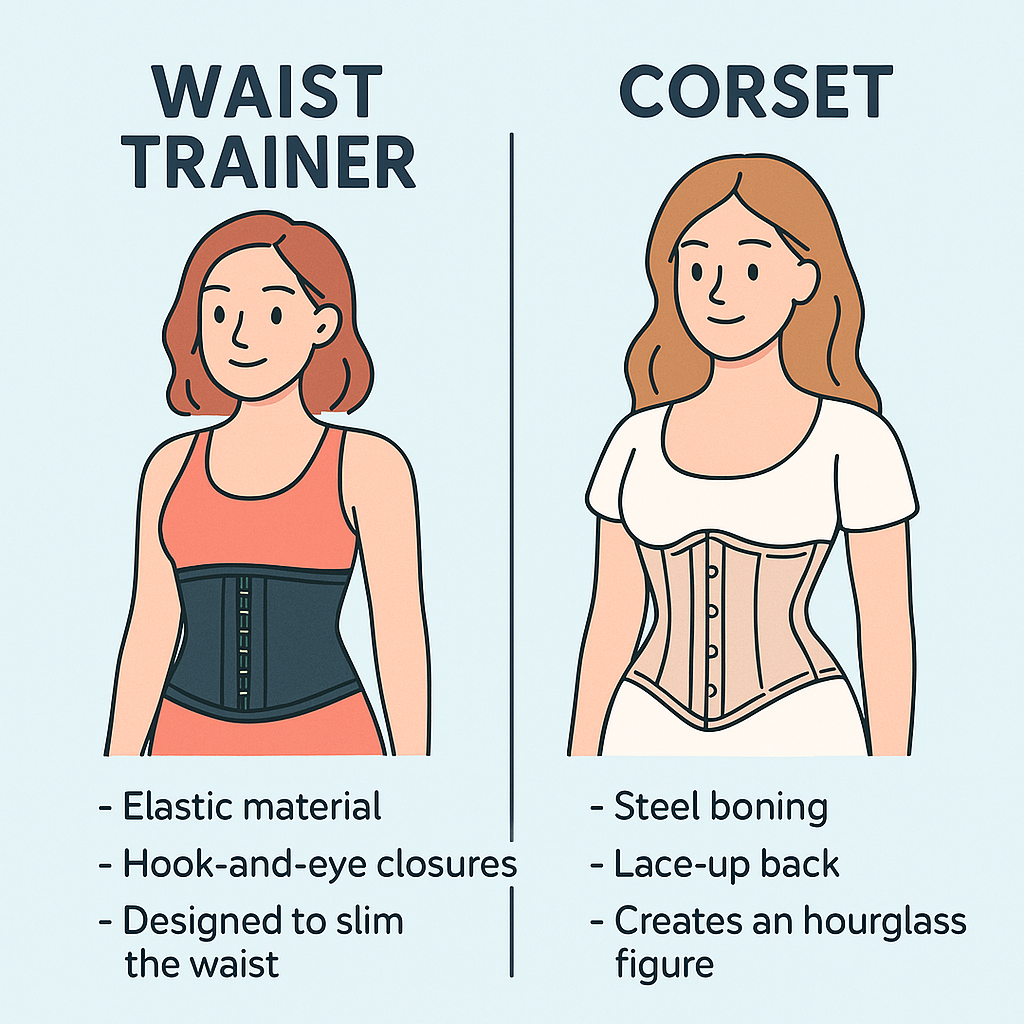
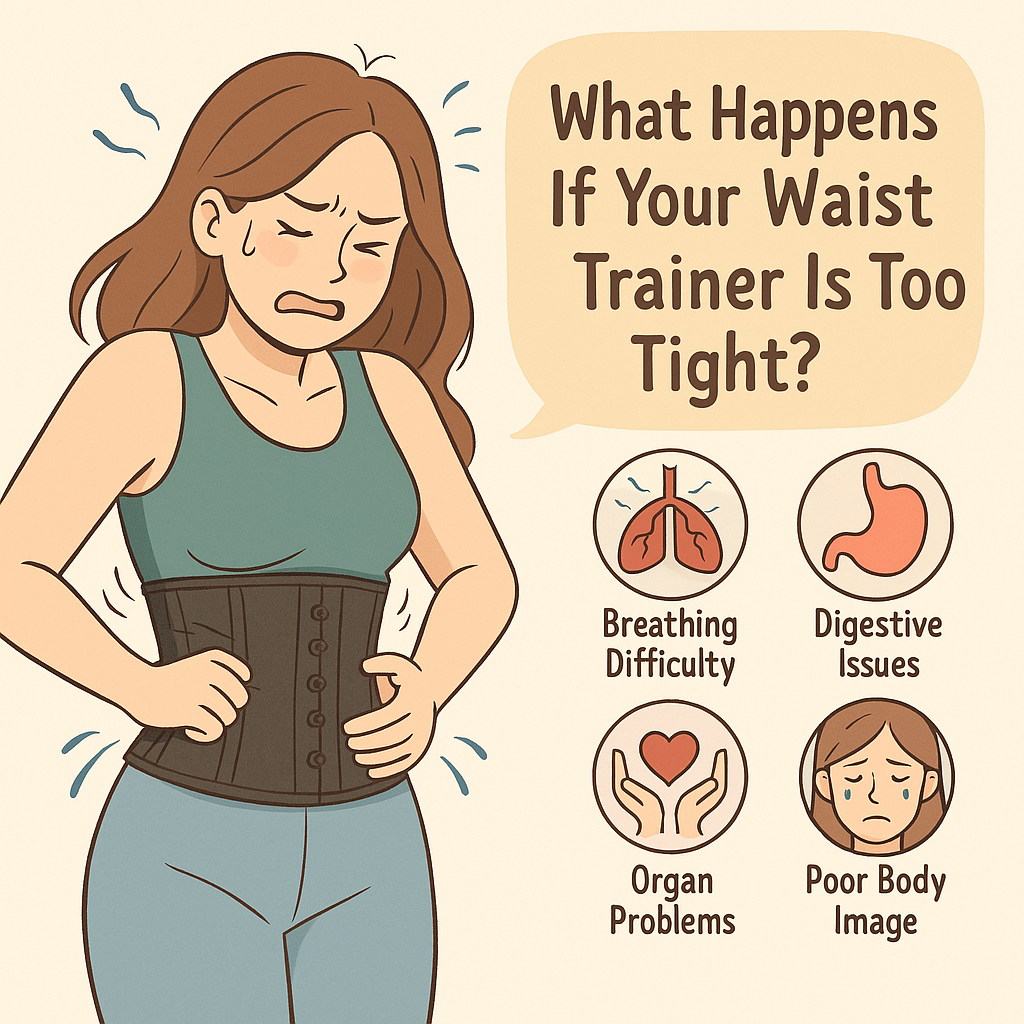

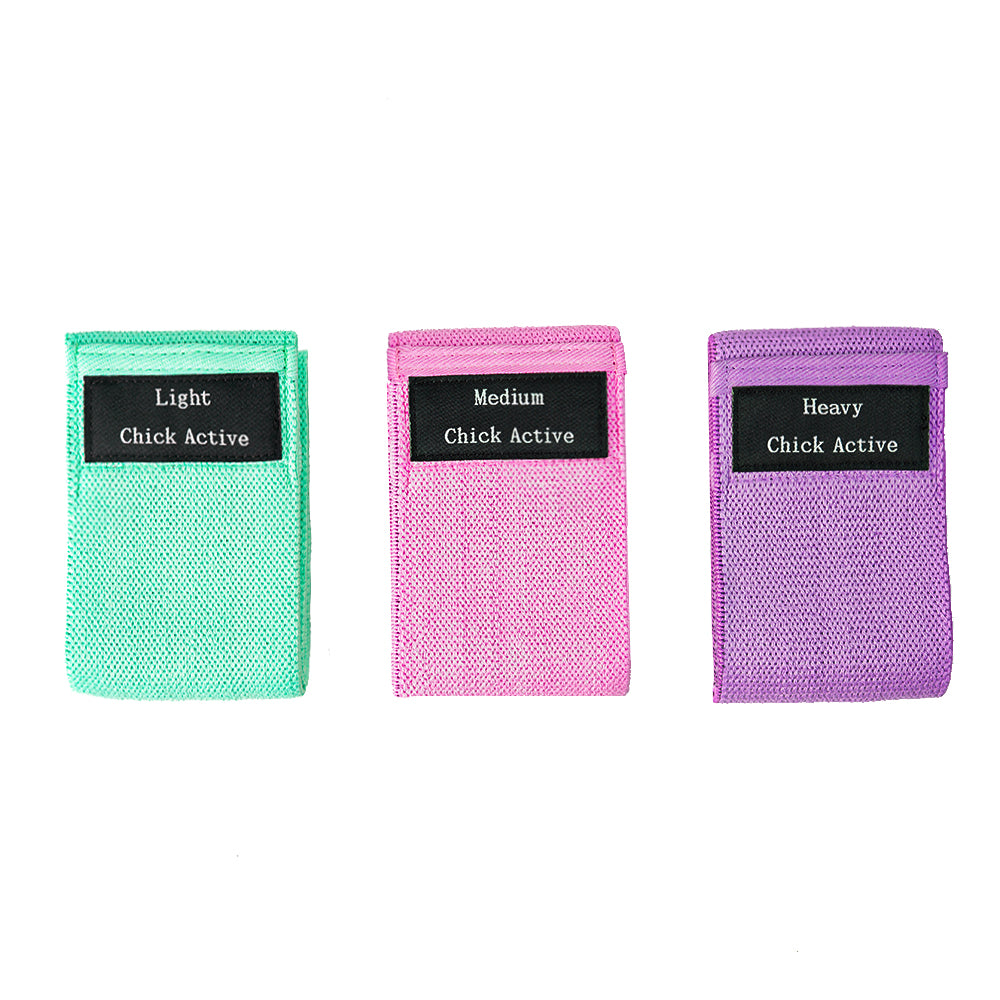
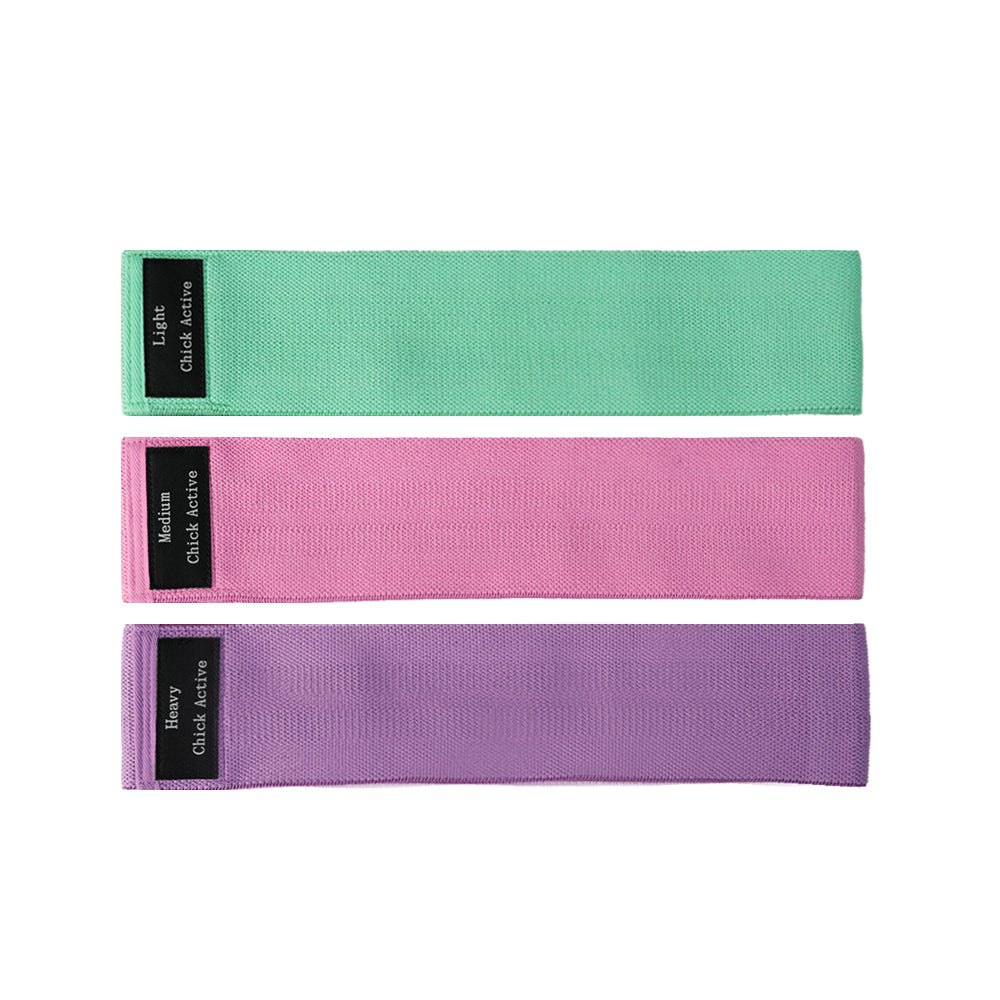
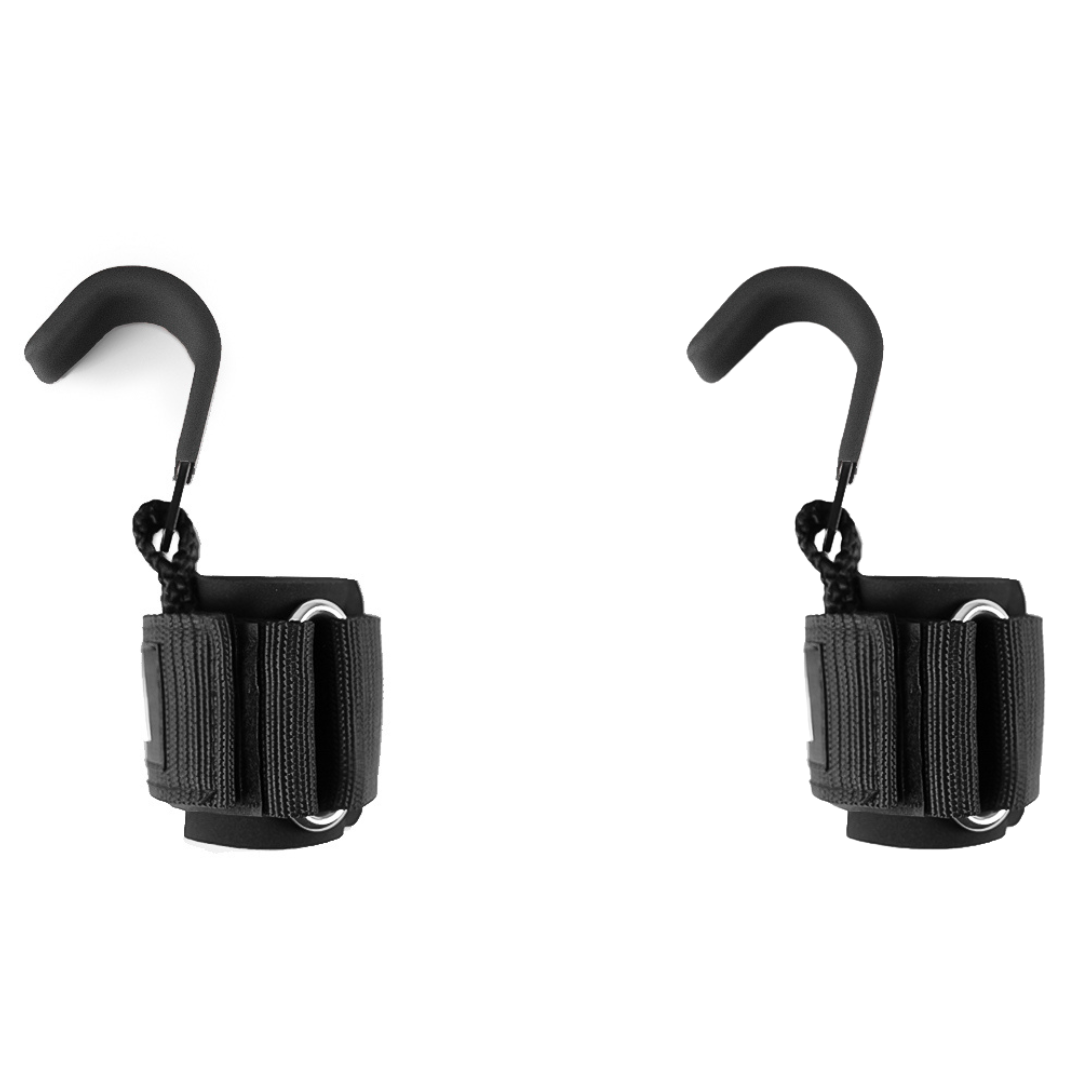

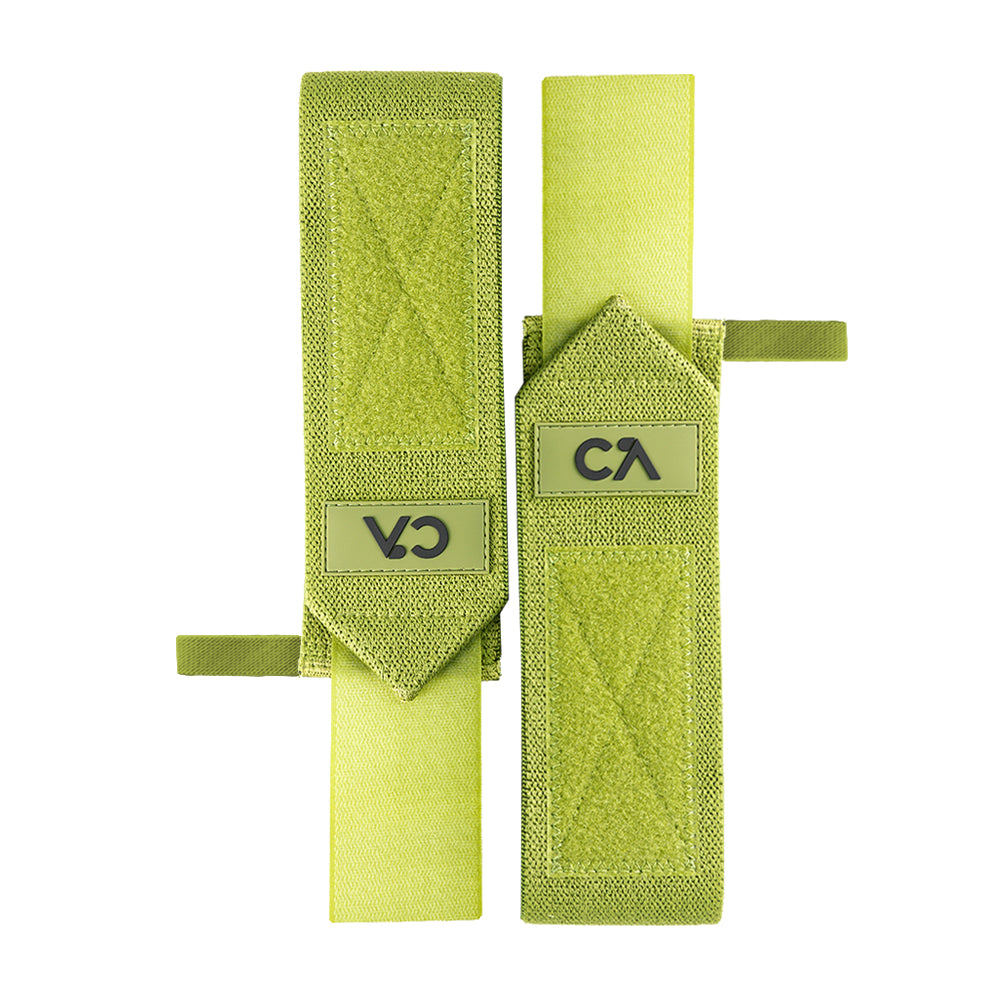
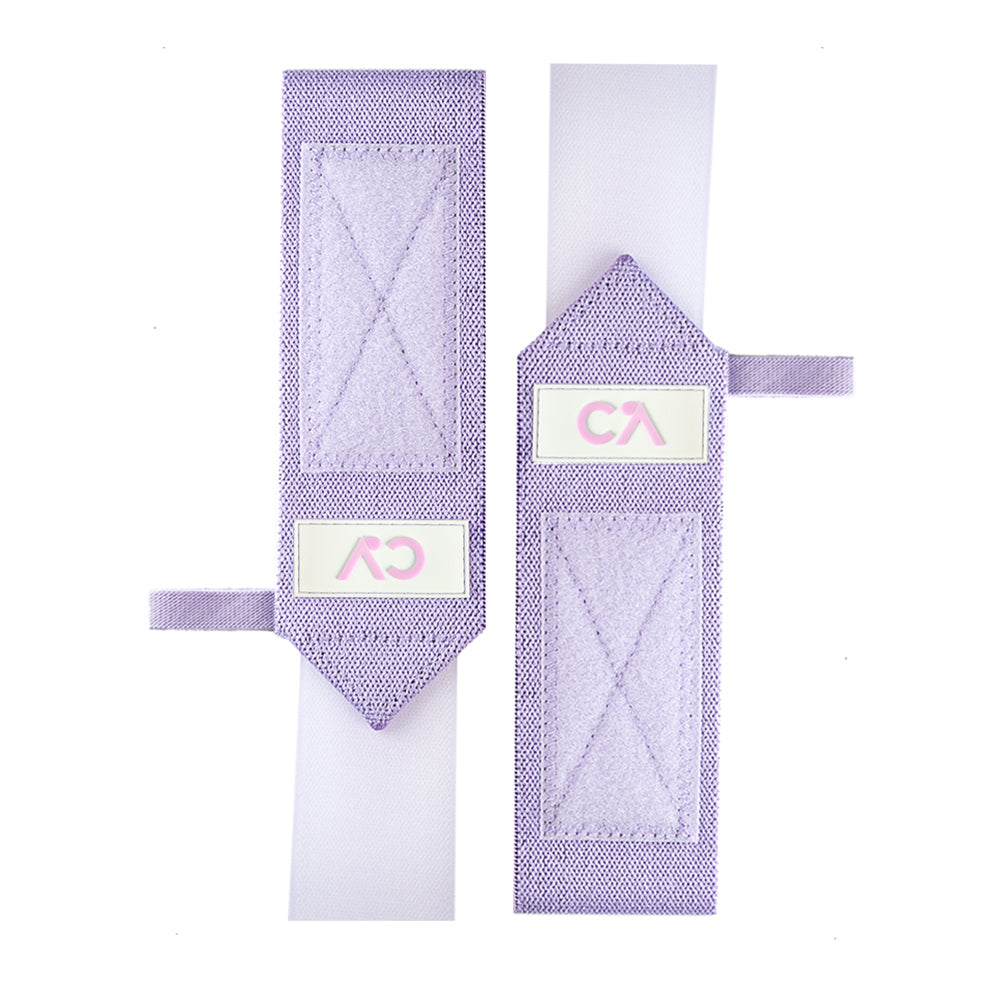
Leave a comment
All comments are moderated before being published.
This site is protected by hCaptcha and the hCaptcha Privacy Policy and Terms of Service apply.